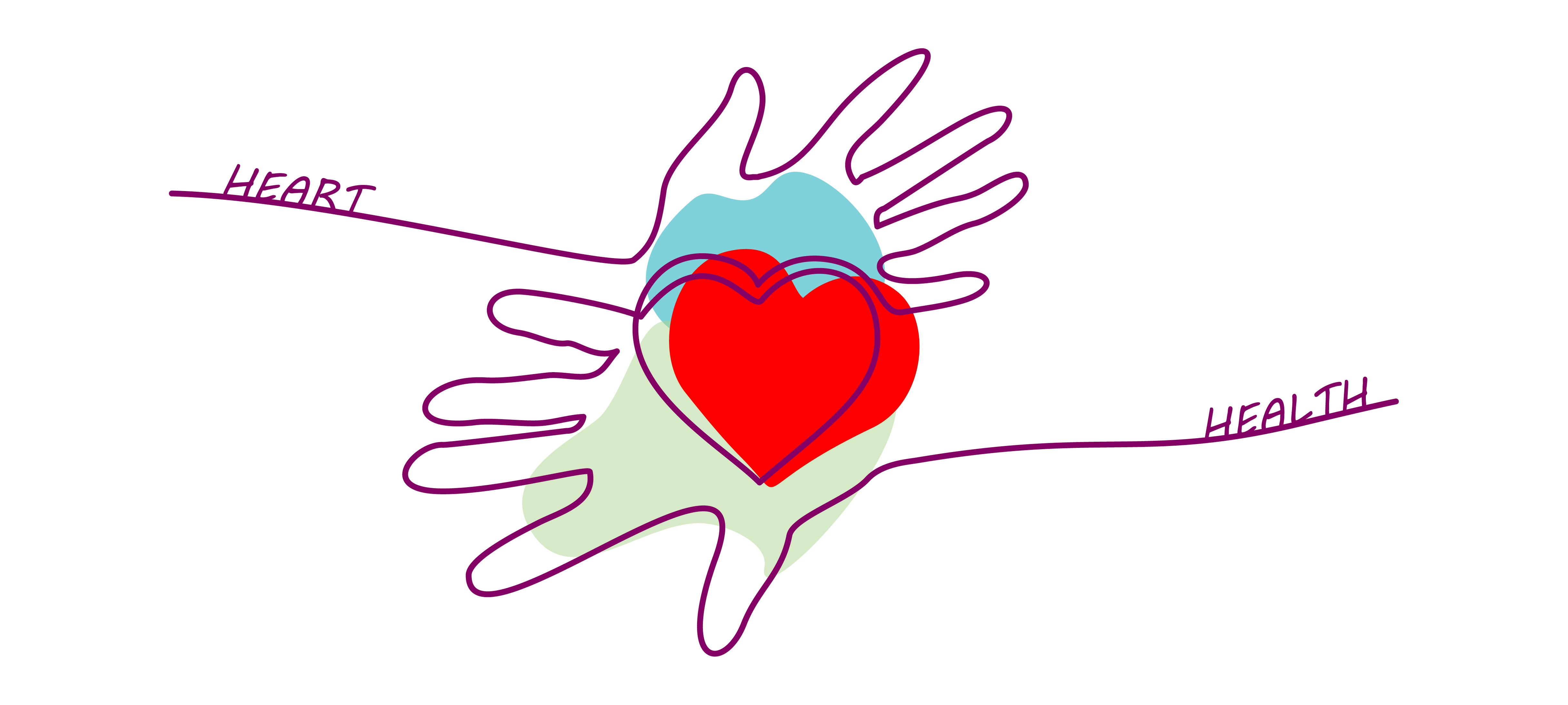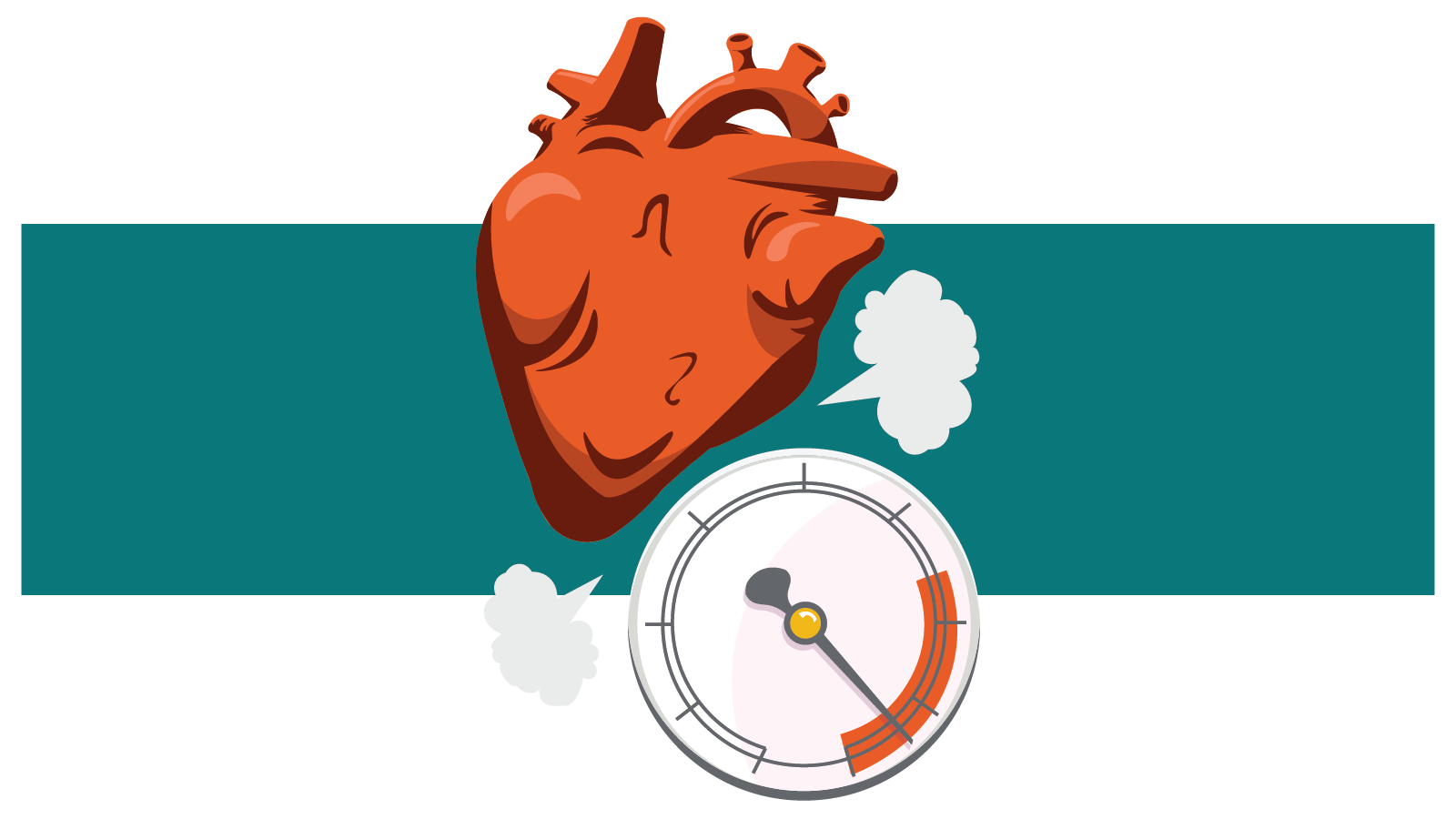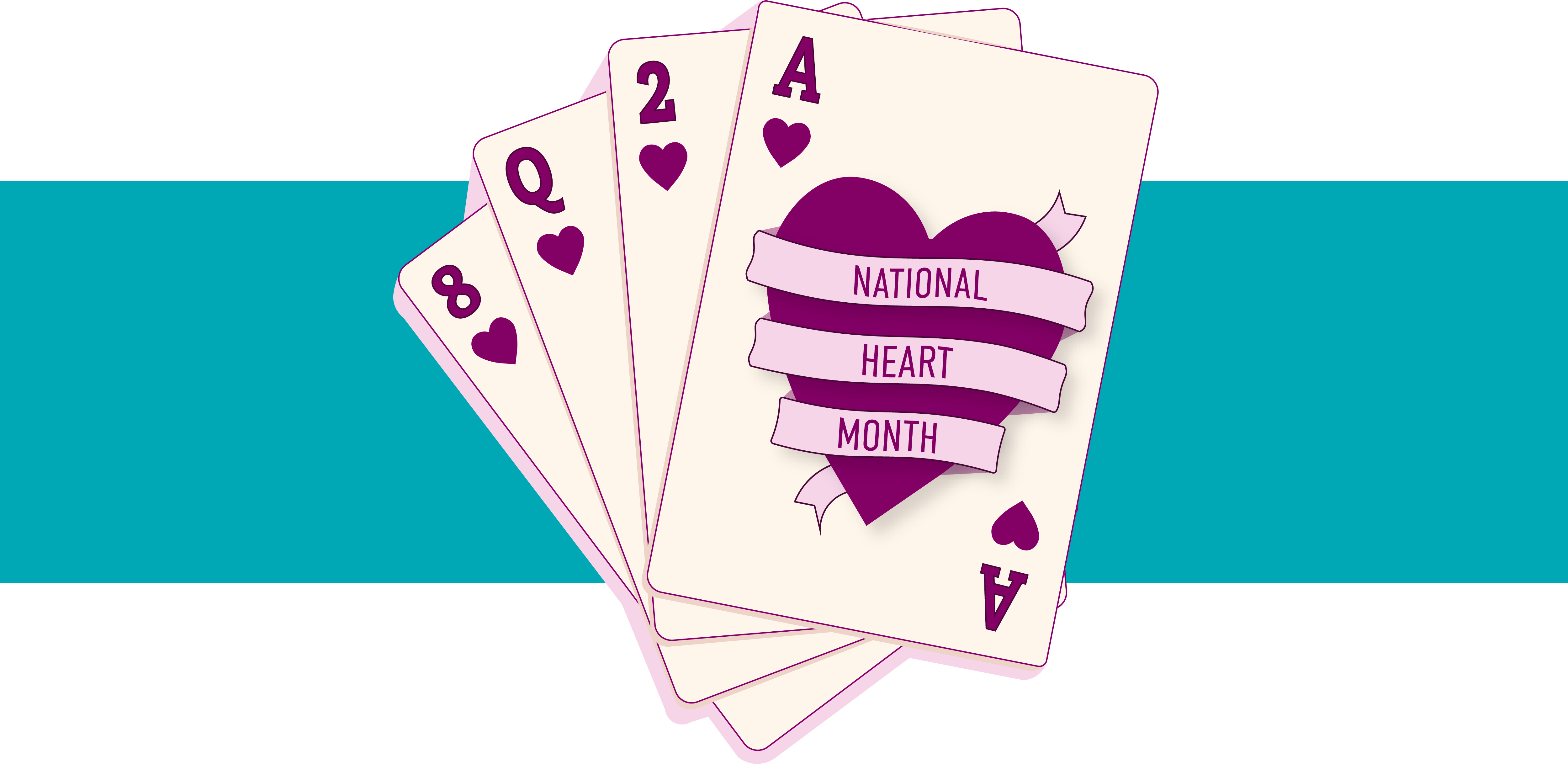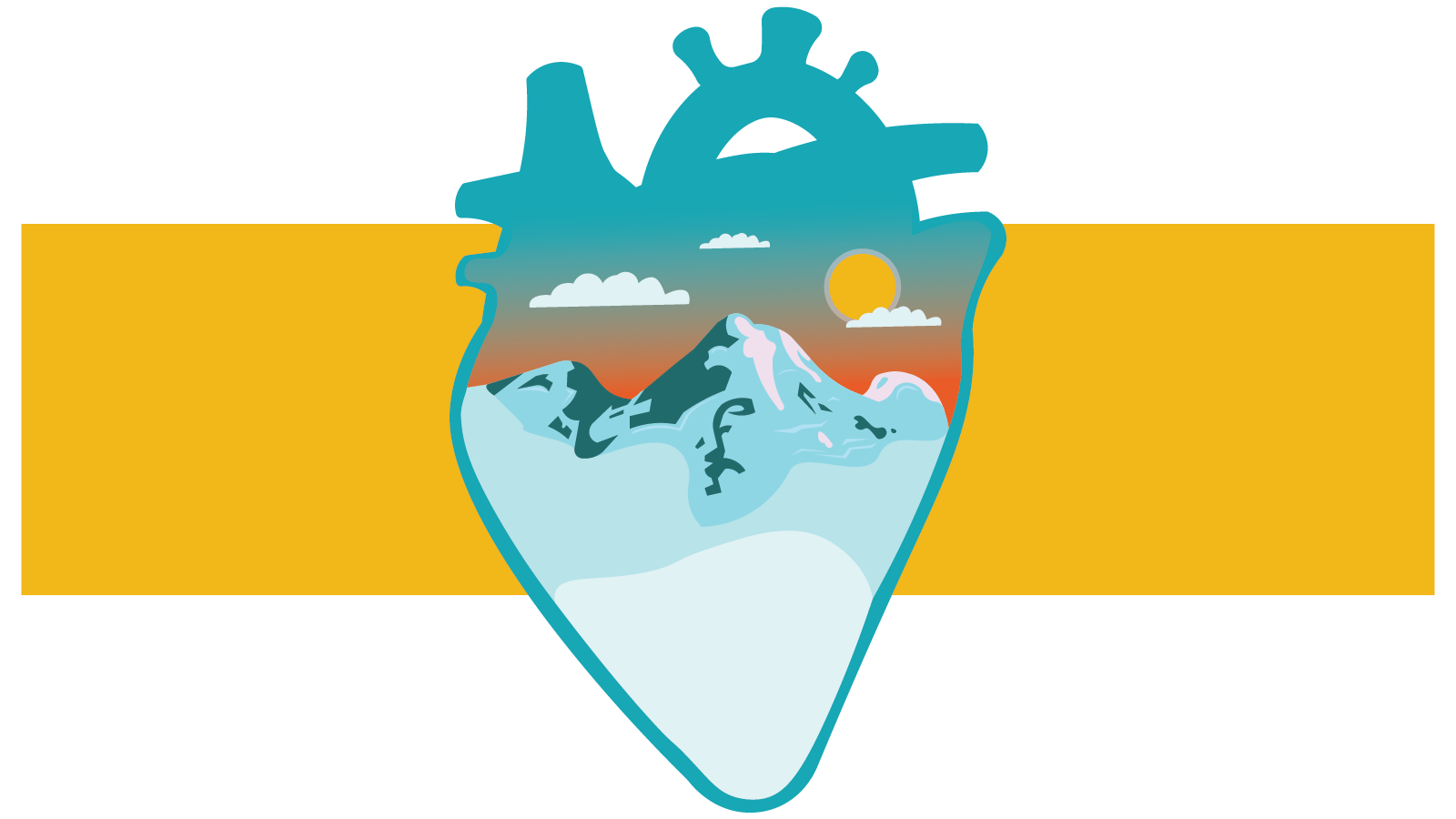Listen Closely (Your Heart is Talking to You!)
Hand over heart—when was the last time you checked in with your cardiovascular health? Checked your blood pressure? February is National Heart Health...

Cardiovascular disease (CVD)—a broad, umbrella term that includes heart disease and stroke—is the number one cause of death both globally and in the United States. In fact, 1 in every 4 deaths in the U.S. is attributable to heart disease! More shocking, almost half of all adults in the U.S. have at least one form of heart disease.1 Put simply, cardiovascular disease is widespread, indiscriminate, and dangerous.
A quick clarification: Cardiovascular disease is sometimes called “heart disease”, but in medical terms, they are not exactly the same thing. Heart disease is a general term for conditions affecting the structure of the heart and the way it functions. All heart diseases are cardiovascular diseases. However, not all cardiovascular diseases are heart diseases. An example is stroke, which affects blood vessels in the brain, but not the heart itself.2
Heart disease—sometimes referred to as a “silent killer”—is exceptionally deadly because it causes few to no symptoms in its early stages. Although there are some inescapable genetic factors that lead to heart disease, other risk factors can be controlled through lifestyle changes and/or medication.
According to the Cleveland Clinic, you can reduce your cardiovascular risks by:
Remember, the name of the game with cardiovascular disease is prevention, early identification, and treatment. Cardiovascular disease is often easier to treat when healthcare providers catch it early. Many people live a full and active life with a cardiovascular disease. Without appropriate treatment, cardiovascular disease can lead to heart attacks or strokes.
We'll break down several common heart conditions and the important information you'll need to know to keep your heart healthy and your body safe.
High blood pressure, known as hypertension, is another contributing factor to cardiovascular disease, including heart failure, stroke, and heart attack.
Because high blood pressure and elevated blood pressure often don’t have symptoms, checking your blood pressure is the only way to know for sure whether it is too high. You can measure your blood pressure at home with a home blood pressure monitor, or you can visit your doctor or nurse to have your blood pressure checked. This chart, from the American Heart Association, provides a handy guide for blood pressure levels:

A stroke occurs when the blood supply to part of the brain is interrupted or reduced, preventing brain tissue from getting oxygen and nutrients. Brain cells begin to die in minutes.
Classic symptoms — Knowing the signs and symptoms of a stroke can be lifesaving. Classic stroke symptoms can be recalled with the acronym FAST.3 Each letter in the word stands for one of the things you should watch for:
When to call for emergency medical assistance — A stroke is a medical emergency, and every minute counts. If you think you or someone around you may be having a stroke based on any of the symptoms above, call 911 immediately. Do not try to drive yourself to the hospital.4
Some heart attacks are sudden and intense. But most start slowly, with mild pain or discomfort.5 You can even have a heart attack and not know it.
Silent heart attacks, known as silent myocardial infarctions (SMI), account for 45% of heart attacks and occur in men more than women. About half of all heart attacks are mistaken for less serious problems and can increase your risk of dying from coronary artery disease.6
SMI and regular heart attacks share the same risk factors: smoking, being overweight, lack of exercise, high blood pressure, high cholesterol levels, and diabetes.
While SMIs and regular heart attacks vary in the level of intensity and duration, their symptoms remain the same. The American Heart Association suggests that you pay attention to your body and seek immediate medical attention if you experience one or more of the following:
As with men, women’s most common heart attack symptom is chest pain or discomfort. But women are somewhat more likely than men to experience some of the other common symptoms, particularly shortness of breath, nausea/vomiting, and back or jaw pain.
Be sure to remember these symptoms. Especially with SMI's, some individuals may be prone to overlook these symptoms as minor inconveniences related to fatigue or some general age-related pain. By knowing the signs of heart attacks, you can greatly decrease your risk of having a second, more severe heart attack and even developing coronary artery disease.
St. David’s HealthCare, a Central Texas health system with some of the highest-performing cardiovascular facilities in the nation, developed a free Heart Risk Assessment designed to help you learn about your risk of developing heart disease. The online assessment only takes a few minutes and can be used to discuss your heart health with your primary care physician.
Take the Heart Risk Assessment here
If you think you are at risk of, or have been diagnosed with, a severe and chronic illness like cardiovascular disease, please call your primary care provider for more information. If you would like assistance finding a provider or have additional questions, please call your Customer Experience Advocates team and they will help you through the process!
Cleveland Clinic. “Cardiovascular Disease.”
National Heart, Lung, and Blood Institute. “Know the Differences: Cardiovascular Disease, Heart Disease, Coronary Heart Disease.”
American Heart Association. “Warning Signs of a Heart Attack.”
Harvard Health Publishing. “The danger of “silent” heart attacks.”
Louis R Caplan, MD. “Stroke symptoms and diagnosis (Beyond the Basics): Types of stroke.” UpToDate.
Jamary Oliveira-Filho, MD, MS, PhD, & Michael Mullen, MD. "Initial assessment and management of acute stroke." UpToDate.
St. David’s HealthCare. “Heart Risk Assessment”

Hand over heart—when was the last time you checked in with your cardiovascular health? Checked your blood pressure? February is National Heart Health...

February is more than just about celebrating love. It's National Heart Health Month, a dedicated time to raise awareness about cardiovascular health...

Hypothermia, frostbite, trench foot, chilblains—without preparation and proper equipment, these cold-weather injuries can take down anyone, no...